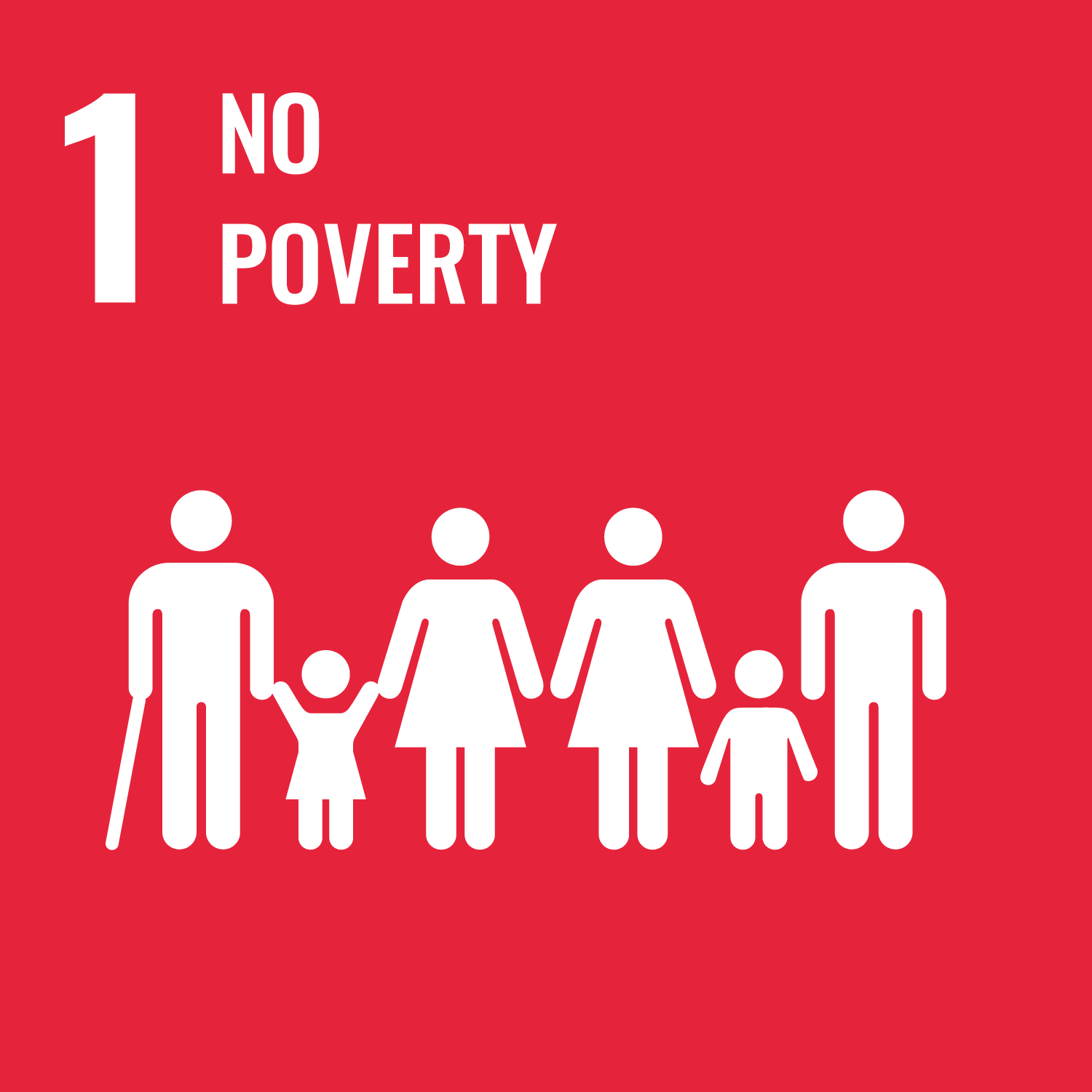【SACRU】Child Poverty under Multidimensional Crisis: Lessons from Japan
Written by Masamitsu Kurata, Associate Professor of Economics, Sophia University (Japan)
- Research
The United Nations celebrate the International Day for the Eradication of Poverty on Monday, October 17th. Experts from the Strategic Alliance of Catholic Research Universities (SACRU) have provided insights on ensuring dignity for all in practice
Child Poverty under Multidimensional Crisis: Lessons from Japan
Written by Masamitsu Kurata, Associate Professor of Economics, Sophia University (Japan)
The Covid-19 pandemic made it clearer that poverty is multidimensional. It does not merely threaten health but spreads to economic crises due to lockdowns and educational disruption due to school closures. In many countries, the pandemic had relatively large negative impacts on the poor. In particular, the children of the poor face the most painful reality under a multidimensional crisis. Osendarp et al. (2021), for example, estimates that by 2022 COVID-19-related disruptions could result in an additional 9.3 million wasted children and 168,000 additional child deaths in low- and middle-income countries.
Child poverty is still a major social issue, even in high-income countries like Japan. Japan’s child poverty rate is higher than the OECD average and appears to have been exacerbated by the pandemic. In response to this situation, the Japanese government released the results of its first national survey on child poverty in 2021. It found that before and after the pandemic, children from poor households skip meals more often, feel anxious and depressed more often, and have a poorer understanding of school classes than those from non-poor households (Cabinet Office of Japan, 2021).
Various measures have been taken to address child poverty in Japan. One prominent measure is “children’s cafeterias,” which is a place that provides free or cheap meals to poor children. According to a national survey by an NPO, the number of children’s cafeterias across Japan has increased significantly from 2,286 in 2018 to 6,007 by 2021 (the National Children’s Cafeteria Support Center Musubie, 2022). Although many of them were temporarily restricted in their activities due to the pandemic, they are now gradually resuming their services with infection control measures.
Children’s cafeterias can offer not only meals, but also opportunities for children to interact with each other, study for schoolwork, and participate in community activities. More interestingly, 52% of the cafeterias are operated by voluntary groups, 21% by NPOs, and 10% by individuals, most of which are non-governmental. Such grassroots activities are considered a promising way to take a multifaceted approach against multidimensional poverty within each community.

